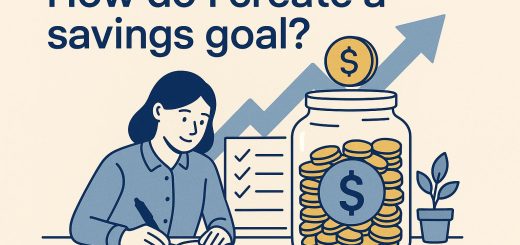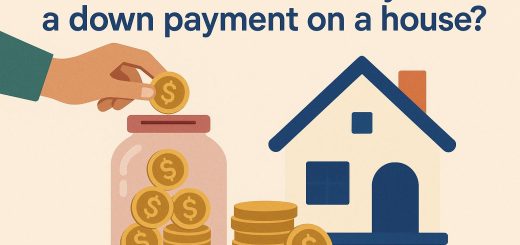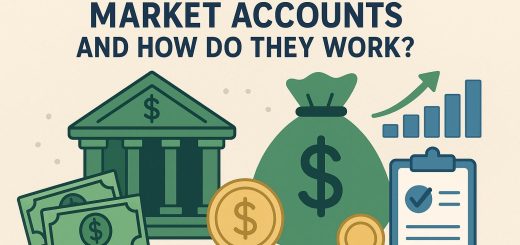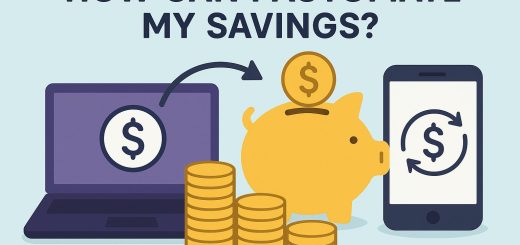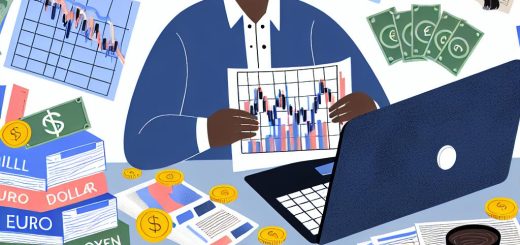A demo account is where new and experienced traders get to rehearse without financial damage. It’s a practice space, a mock-up of a real trading platform where everything looks and feels authentic—market data, charts, orders, execution—but none of it affects your actual money. Think of it as training wheels, but for money management and market timing.
Most brokers offer demo accounts because they work. They reduce the fear of making a mistake, give users a feel for how platforms behave under real conditions, and help people learn to follow a process. You get to fumble, misjudge, hit the wrong button, panic-buy, and overtrade with zero consequences. And it’s surprising how much that can teach.
Who Uses Demo Accounts—and Why
Demo accounts aren’t just for rookies. Yes, they’re essential for anyone figuring out how to place a limit order, set a stop loss, or interpret a candlestick chart. But they’re just as valuable for seasoned traders who want to try new strategies without burning capital in the process.
You might use a demo account to:
- Test out a broker’s platform before switching
- Practice a new trading strategy
- Get comfortable using leverage
- Understand how assets behave in different market sessions
- Rebuild confidence after a rough patch
For some, demo accounts are the only thing keeping them from entering the market prematurely. For others, they’re the final checkpoint before real capital comes into play. Either way, they function as a filter for impulsiveness and poor planning.
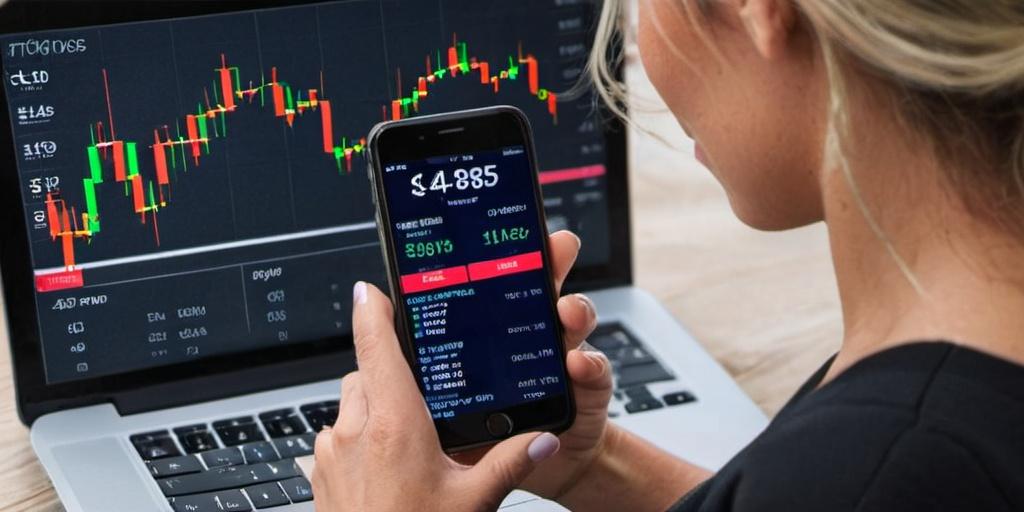
Simulated Risk, Real Emotion
There’s a problem with demo accounts: they don’t replicate fear. Real risk sharpens focus. A demo account doesn’t punish your losses, so people often trade with reckless aggression. They size too large, ignore risk management, hold through volatility, and brag about fake profits.
That’s not trading—that’s entertainment. And the habits it builds are dangerous.
Still, demo accounts reveal tendencies. Are you a momentum chaser? Do you bail early on winners? Are you overly cautious? The only way to find out is to run real-time simulations. You won’t get the full emotional experience, but you’ll start to see where your decisions go wrong.
What to Look For in a Quality Demo Account
Some demo platforms are little more than a flashy calculator. Others are near-identical replicas of the live experience. What separates a good demo account from a useless one is attention to detail. You want real-time data, a clean interface, fast execution, and access to the same asset classes, order types, and leverage options offered in the live version.
Avoid platforms with delayed feeds or ones that don’t track performance over time. You need to review your trades—entry, exit, drawdown, risk, slippage—because that’s how consistency builds. And without real data, every win or loss becomes meaningless.
Several brokers also include educational tools within their demo accounts—strategy testers, paper trading bots, and scenario replays. These aren’t necessary, but they do speed up the learning process. And they’re much better than watching another shallow trading tutorial on social media.
Traders looking for that bridge between theory and execution often rely on platforms like The Trader to help them make the jump. Tools, data, and a market-focused interface help reduce the disconnect between demo success and real-world profitability.
How Long Should You Use a Demo?
Long enough to prove you’re not guessing.
If you’ve placed 200+ demo trades across multiple conditions—bullish, bearish, choppy—and you can track stats like win rate, expectancy, drawdown, and risk management, then you’re probably ready to go live. But if you’re still placing random trades based on gut feelings and screen flashes, more time in simulation won’t help.
The trap is staying in demo mode forever. Some traders get addicted to the fake wins. Others develop a fear of real risk. Neither mindset works long-term. At some point, the switch needs to happen—preferably with small capital, tight stops, and a plan built from what you learned in demo.
From Virtual to Real
Demo accounts are where most traders either build good habits or let bad ones slip through. The market’s rules don’t change just because the money isn’t real. Trend is trend. Risk is risk. Whether you’re trading on a practice account or with your own capital, the patterns are the same.
The only question is whether your brain believes the outcome matters. Until it does, you won’t respect the process.
A demo account gives you a no-cost environment to get serious. But once you’re consistent there, it’s time to put real money behind your trades—or accept that trading might not be your thing. Either outcome’s better than running blind.
This article was last updated on: August 19, 2025
